Matched to a Le Mans legend

Cars and road bikes have a bit of a love-hate relationship. Or perhaps hate-love would be closer to the truth. We cyclists would love to have the roads to ourselves but most of us are drivers, too. Sometimes we even use cars to make our bike riding more enjoyable. Most of us don’t have enough time to ride everywhere so exploring new routes or getting together with other cyclists requires us to drive to have a nicer ride.
And then some people love cars and bikes equally. And some of them love them so much, that they want to match them. In the Festka world, it’s usually the colour or paint scheme of the car that gets transferred to the bike but there are cases out there when paint jobs of iconic bikes spawned car paint schemes.
Some readers of this journal may remember the Festka Rover with a paint job taken from an AUDI Quattro B Group rally car. Several people on Instagram judged it the best car-to-bike scheme ever. We couldn’t but agree. Check out the article here.

Aero Minor Sport - the auto co-star of this show - is nothing short of a legend. You can read the whole story below but let’s just say here that this Czechoslovak sports car came first in its category and second overall in the 24 hours of Le Mans in 1949. The two AMSs that took part in the race have not survived but one car of the eleven that had been made in 1949 has and luckily it found a great home. It was bought by a group of enthusiasts who painstakingly restored it and made it ready to race again. The plan was to enter the car into the 2020 edition of the Le Mans Classic race but the covid pandemic foiled it and it wasn’t until this year that the car raced in Le Mans again.
Michal Froněk is a renowned designer and a professor of design at Prague’s School of Decorative Arts. Michal is a true petrolhead. He adores cars, especially vintage ones, and knows tons about them. He is also one of the saviours of the only surviving Aero Minor Sport car and its most frequent driver. It came as no surprise that when it came to choosing a paint job for his classic-looking rim brake Festka ONE, it had to be related to a car. And which else than the beloved AMS he has devoted so much of his time, affection and resources to recently?

Here’s what our art director Tom Hnida had to say about how he approached the task: “The car body is raw aluminium so I analogically chose raw carbon as the main feature of the scheme. To get the silver that dominates the look of the car into the bike’s design I made all the lettering and logos silver. The other two colours on the car - the red chassis and the blue stripe - made it into the bike’s paint scheme in related places.”

AERO MINOR SPORT RACING CAR
The racing car named Aero Minor Sport saw the light of day in January 1949. It was based on the shortened chassis of Aero Minor II - a two-door four-seater car developed secretly during the German occupation of Czechoslovakia by the engineers at the Jawa factory in Prague. In the post-war shake-up of the Czechoslovak industry, the mass production of the vehicle was transferred to the hitherto aerospace company Letov. The engineers at Letov designed the sports version with a view for it to participate in the 24 Hours of Le Mans race. Two prototypes were built and entered into the 750cc category of the legendary race's 1949 edition.

Powered by a straight-twin 744cc engine, the car with a cigar-shaped duralumin body puts out 28 hp at 4,500 rpm. With a full 50 litre tank of petrol, placed behind the driver's seat, it weighs 455 kilograms.
Drivers Otto Krattner and František Sutnar raced under the number 58 in Le Mans. With the performance co-efficient factored in they came second to the winning twelve-cylinder Ferrari. The 2,391 kilometres they covered at an average speed of 99.664 km per hour was the absolute best performance in their class.
As the new communist government was getting an ever-firmer grip on the country, the two successful racers were not allowed to participate in the 1950 edition of the famous race. The authorities initially attempted to recruit them as spies and when they refused they were charged with treason and sentenced to long prison terms. Sutnar was released in 1963. He emigrated to Switzerland where he died in 1992. Krattner died in Czechoslovakia in 1979.

written by: Janek Jaros
The Photos were taken during Le Mans Classic 2022.


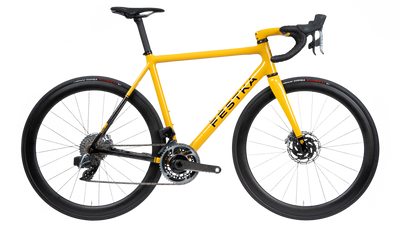
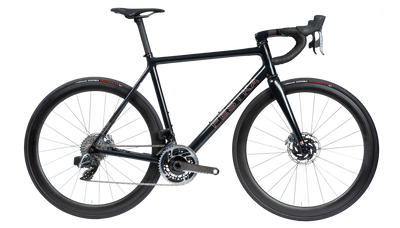
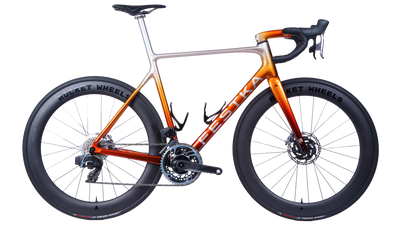
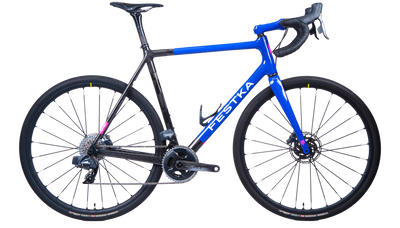
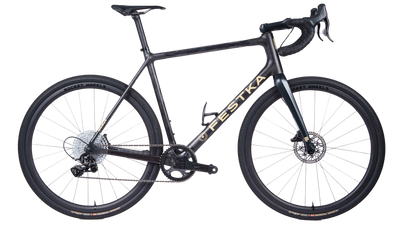



Leave a comment